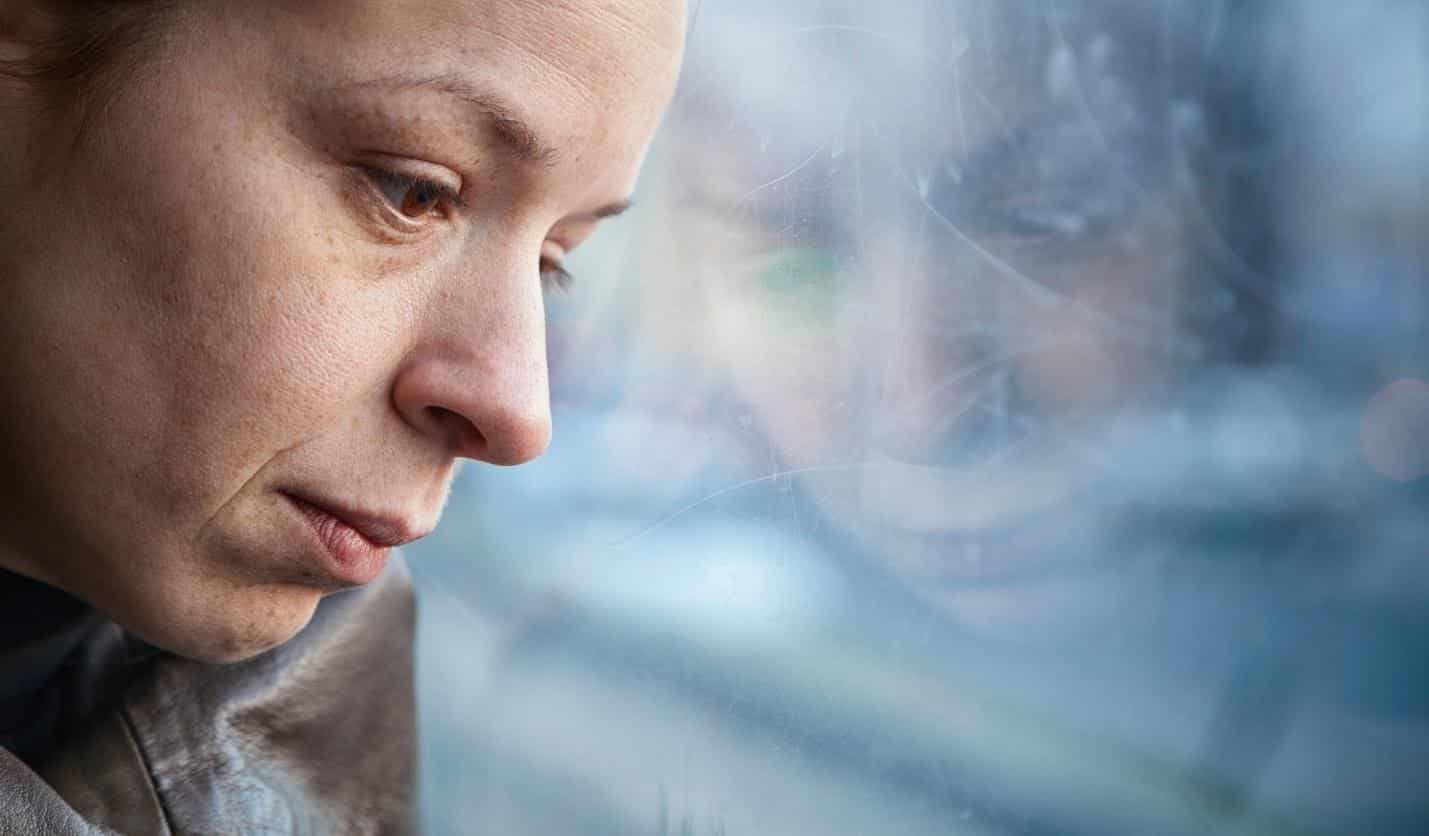Everyone feels anxious at times.
But when anxiety starts affecting your ability to function, you could be one of the 40 million Americans suffering from the different types of anxiety disorders. Identifying the different disorders and being able to recognize them in yourself is the first step toward recovery.
Anxiety causes heart palpitations, difficulty breathing, and excess sweating. While most forms of anxiety have the same overall effect physically, the triggers for each of the common anxiety disorders are different.
Ready to start managing your mental health while living with anxiety? Keep reading to learn more.
1. Generalized Anxiety Disorder (GAD)
People suffering from generalized anxiety disorder are anxious in all situations. They can’t remember the last time they felt relaxed, and they are often restless and unable to concentrate.
2. Panic Disorder
Panic attacks feel like heart attacks and can be mistaken for one. They come on suddenly with feelings of:
- intense fear
- pounding heart
- chest pain
- profuse sweating
- restlessness
- choking or not being able to breathe
- shaking
- nausea
- dizziness
While most people will experience a panic attack at some point, if they happen frequently, it could be a disorder.
3. Social Anxiety Disorder
Irrational fear and self-consciousness over being in social situations mark a social anxiety disorder. Those suffering from it find it hard to leave home and be with people. Sometimes it gets to the point that maintaining friendships or keeping their job is hard.
4. Post-Traumatic Stress Disorder (PTSD)
PTSD is caused by going through a traumatic experience, but not being able to process and heal from the trauma.
Flashbacks are common and PTSD either triggers aggression or depression. PTSD sufferers may actively avoid situations or places that remind them of the trauma.
5. Obsessive-Compulsive Disorder (OCD)
OCD is recognized by compulsions to complete rituals for the sake of preventing bad things from happening. The compulsions aren’t based on reality and are motivated by fear of what will happen if those compulsions aren’t acted on.
Many compulsions are harmless. But if they start interfering with the person’s ability to work or cause them to miss out on social opportunities, they should seek help.
6. Separation Anxiety Disorder
This is commonly seen in children, but it affects adults too. Adults may fear that bad things will happen to a loved one if they are out of sight.
Separation anxiety disorder will cause someone to not want to be alone or have trouble sleeping away from home or loved ones.
7. Phobias
Phobias are extreme fears caused by certain objects or situations. The fear is out of proportion to the level of threat posed by that situation, causing irrational and avoidance behavior.
Phobia sufferers recognize that their fear isn’t rooted in reality, but they can’t help themselves.
Anxiety can’t be cured, but a combination of interventions and medications can make the symptoms manageable. Coping with anxiety will be easier with lifestyle changes that include exercise, vitamins for stress, and meditation.
Living With Different Types of Anxiety
Living with anxiety doesn’t need to be crippling or all-consuming.
Get the help you need today and start your road to recovery. While getting rid of different types of anxiety completely may not be possible, reducing it certainly is.
If you found this article helpful, check out the rest of our blog for more mental health insights.







Leave a Reply